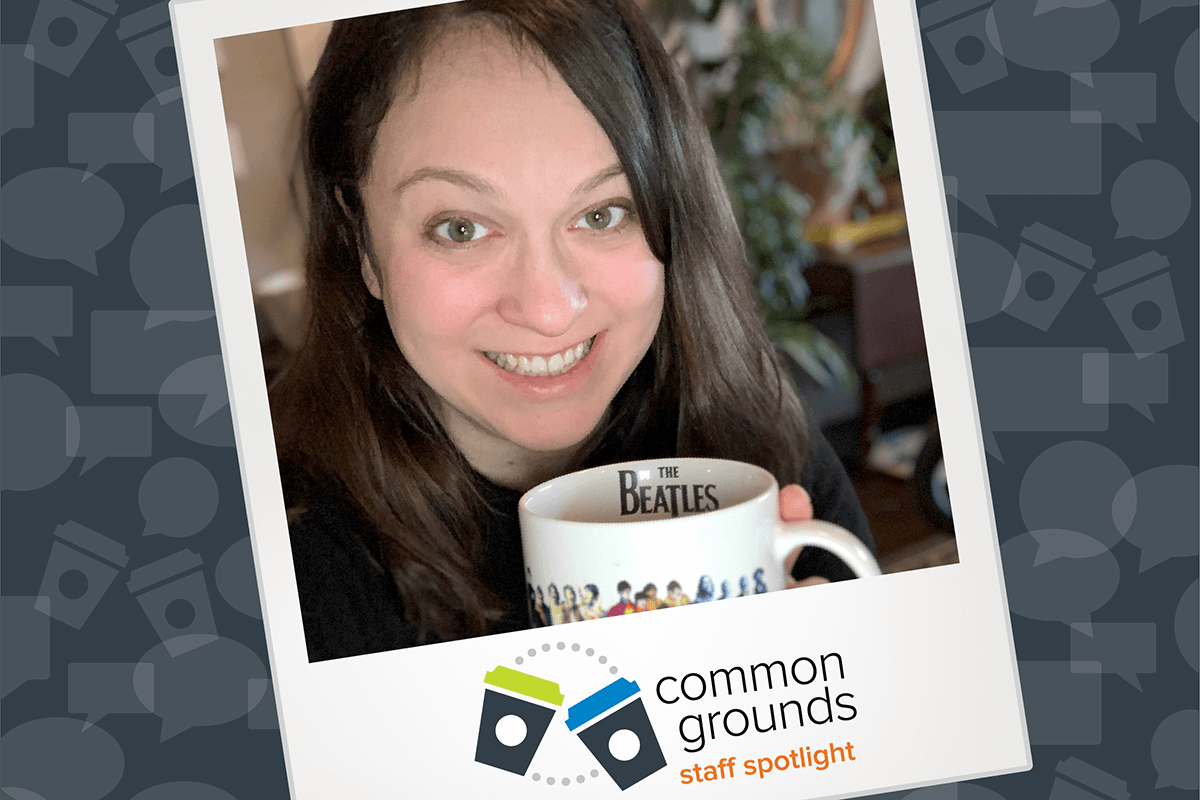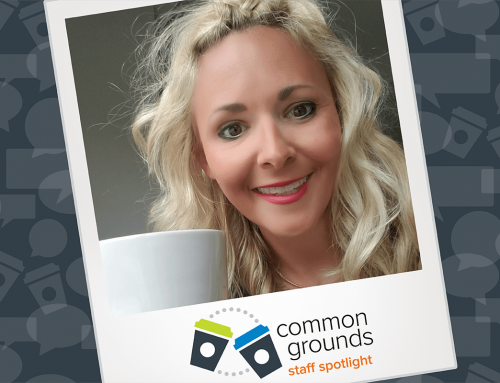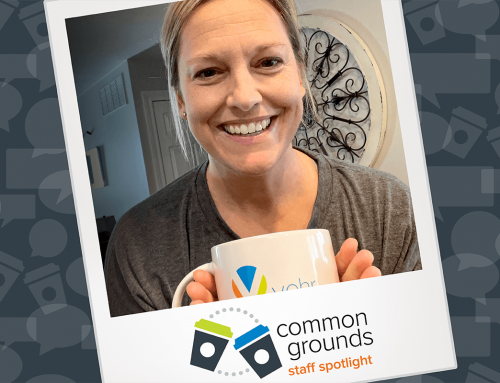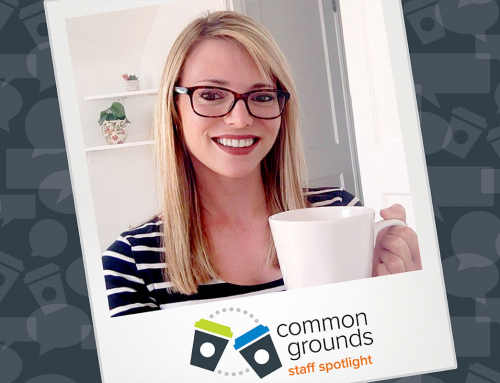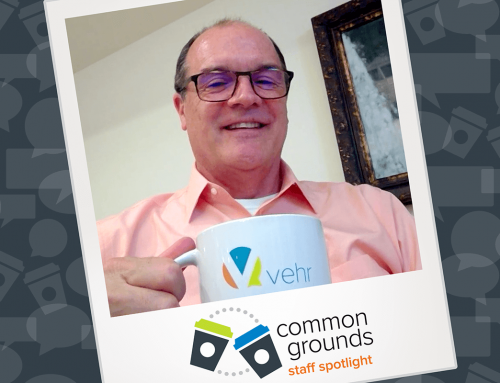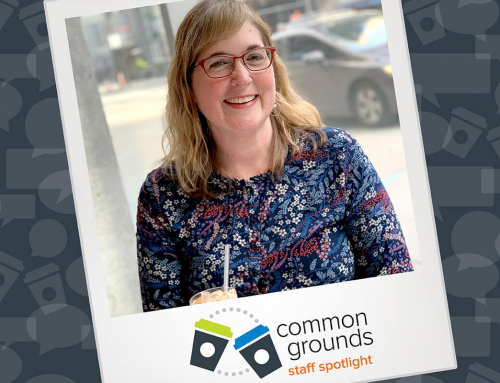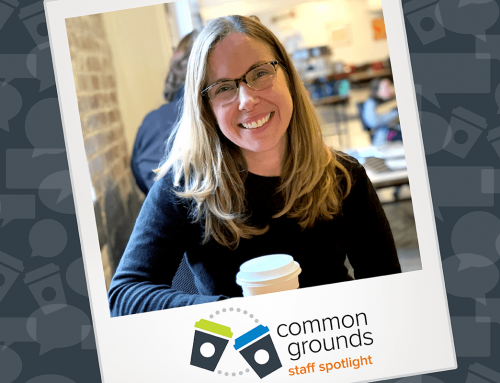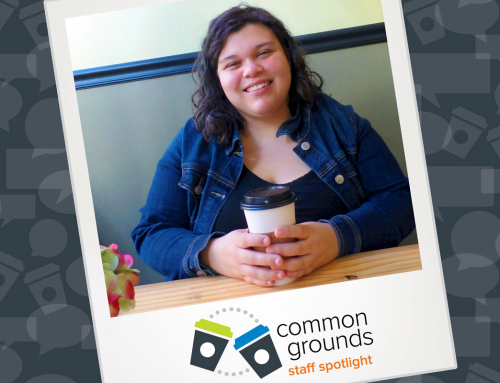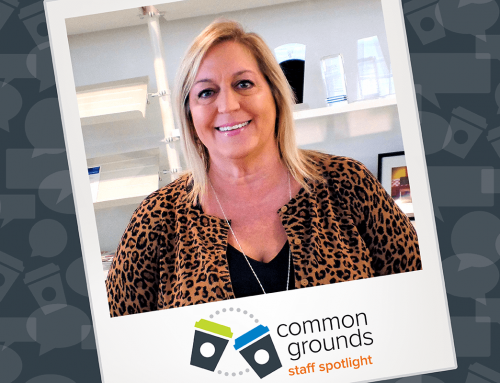The past year has put the pressure on business leaders and communications professionals to find new ways to reach and engage with their audiences. It also has shed light on just how diverse the experiences of our audiences are. I sat down with Darcy Schwass, APR, at our very own Zoom Café to talk about her work in public affairs, her experience with Cincinnati PRSA and, of course, her favorite coffee.
Hey there Darcy, thanks for grabbing a virtual coffee with me. Do you mind sharing a little bit about your role and experience here at Vehr?
Sure thing, Max!
I’m a senior account executive at Vehr, where I’ve been working for the past 10 years. Over the years and even now, my clients range from the public sector to the entertainment industry. I wear a lot of hats, so in any given day I may be engaging in media relations, developing top-level marketing and communications strategies, copywriting and anything and everything in between.
This year has presented a variety of challenges for business leaders across all industries, including those in the public sector. What kind of issues have been top of mind for you and your clients?
The past year has emphasized just how important it is to fully understand your audiences and how to reach them. This pandemic has affected everyone differently, and you can’t make assumptions about what someone’s socioeconomic background is or what their living situation currently looks like. If your client is someone who has a broad audience, like many do in the public sector, you must consider all of that. Nothing is a one size fits all solution or message or channel, especially in a time as sensitive as this one.
Over the past year, how has the pandemic affected your decision making when it comes to developing communications strategies?
In the past year, it has become clear that having access to digital resources is more important than ever.
The pandemic has laid bare a lot of disparities regarding technology access among some communities. There needs to be a dedicated investment in making sure underserved people have access to the same technological resources as the rest of their community.
The past year has brought to light that some people just don’t have the same access to technology that others do and how much of a detriment that is when we all have to rely on that access as a collective group. Hopefully that mindfulness of “we need to make systemic changes to level the playing field” continues to remain top of mind, and that the work to build equity keeps on going.
Are these kinds of challenges unique to the public sector?
Whether in the public sector or private sector, I think there are lessons for all of us to learn when it comes to communicating with audiences who may be less advantaged than others; to be more equitable in our communications.
In the meantime, it is our responsibility to meet our audiences where they are and recognize that that can look very different from one group to the next.
Over the years, you have been incredibly involved in Cincinnati’s Public Relations Society of America (PRSA) chapter, even serving as the chapter president. What would you say to professionals who are weighing whether to get involved?
For anyone who is interested in getting involved in PRSA, you get out of it what you put into it. If you just want to attend meetings, engage in thought leadership discussions and then go back to your office, that’s totally fine. But if you’re looking to grow as a leader and develop more breadth as a communications professional, it’s a good idea to get as involved as you can in one of PRSA’s committees.
How has your own involvement in these committees helped you develop as a professional?
I’ve taken on a variety of roles over the years with PRSA, each one helping me develop a different set of skills specific to that area. One role that was especially helpful in my development was serving as finance director. That position allowed me to not only stay on top of everything going on in the chapter, but it also gave me the opportunity to learn more about the ins and outs of budgeting. I’m not conventionally a numbers person, so this experience went a long way. Even now, this experience helped lay a foundation of understanding for whenever P&L statements are involved in my client work.
In addition to serving as a senior leader for Cincinnati PRSA, you are also accredited in public relations. What was it like to earn the APR title, and how has it helped shape your work?
The APR process, while challenging, really broadens your horizons when it comes to planning and helps you develop your strategy with a more holistic approach. As we discussed earlier, it all starts with understanding your audience. Once you have that foundation, you can determine the framework within which you’re communicating. Understanding how your audience consumes new information is imperative if you want your messaging to resonate.
Now obviously we aren’t having coffee in person, but if we were, what would be your go-to drink?
I’m not ashamed to admit that I love fancy Starbucks coffees, but since I don’t have access to that right now, I like regular coffee with creamer.
I tried to do tea for a little bit, which was great. That lasted maybe two weeks.
So yeah, coffee and creamer.
